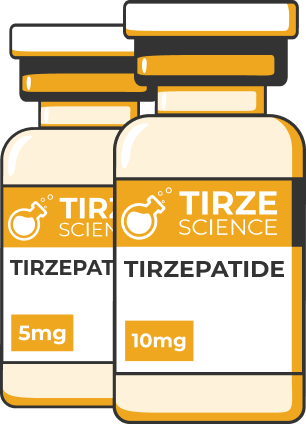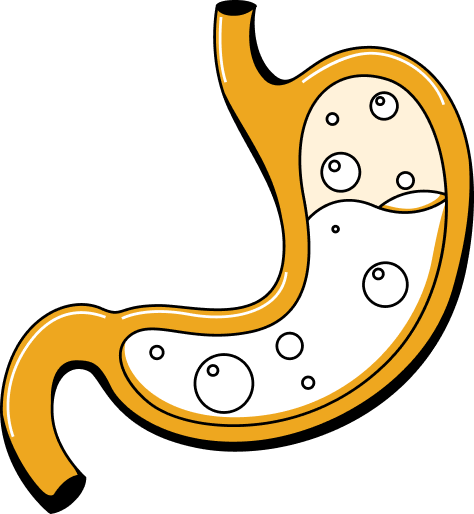- Home
Will Tirzepatide Make You Nauseous? What to do About It?

Why Does Tirzepatide Cause Nausea?

Why Does Tirzepatide Cause Nausea?
Nausea is a common side effect of GLP-1 receptor agonists like Tirzepatide. These medications work by mimicking the incretin hormones, which significantly regulate blood sugar by increasing insulin release, decreasing glucagon production, and slowing gastric emptying. The latter, while beneficial for weight loss by making you feel full longer, can also lead to gastrointestinal discomfort, including nausea.
Coping with nausea when taking Tirzepatide involves a combination of lifestyle adjustments, dietary changes, and, potentially, medical interventions. Here are tips to help manage and potentially reduce the impact of nausea:
1. Gradual Dose Escalation
One of the primary strategies for minimizing the side effects of Tirzepatide, including nausea, is to start with a lower dose of the medication and gradually increase it. This allows your body to slowly adjust to the medication. Always follow your healthcare provider's instructions for dose adjustments to ensure safety and effectiveness.
2. Mindful Eating Habits
Eat Smaller, More Frequent Meals: Large meals can exacerbate nausea. Instead, opt for smaller portions spread out over the day.
Avoid Trigger Foods: Greasy, spicy, and sweet foods can worsen nausea. Focus on bland, easy-to-digest foods like toast, crackers, and rice.
Stay Hydrated: Drink plenty of fluids throughout the day. Small sips of water or clear liquids can help avoid dehydration without overwhelming your stomach.
Ginger: Incorporating ginger into your diet through tea or supplements (after consulting with your doctor) can help alleviate nausea. Ginger has natural properties that can calm an upset stomach.
3. Medication Timing
Experiment with the timing of your Tirzepatide dose. Some patients find taking their medication at night may lessen daytime nausea symptoms. Discuss with your healthcare provider to determine the best timing for your dose.
4. Track Your Symptoms
Keep a journal of your nausea episodes, food intake, and medication times to identify patterns or specific triggers. This information can be valuable for you and your healthcare team to adjust your management strategy effectively.
5. Over-the-Counter Remedies
Over-the-counter antacids or anti-nausea medications might offer relief, but it's crucial to consult with your healthcare provider before adding any new medications to ensure they don't interact with Tirzepatide or other prescriptions you may be taking.
6. Medications for Nausea
Talk to your doctor if lifestyle and dietary adjustments aren't enough to manage nausea. They may prescribe medication to help control this side effect, ensuring you're more comfortable and able to continue your treatment without severe discomfort.
7. Lifestyle Modifications
Physical Activity: Light exercise, like walking, can help ease nausea for some people. However, avoid intense workouts right after taking your medication.
Rest: Ensure you're getting enough sleep. Fatigue can exacerbate feelings of nausea.
8. Consult Your Healthcare Provider
If nausea becomes severe or persistent, affecting your ability to eat, drink, or maintain your usual activities, contact your healthcare provider. They may need to adjust your dosage, switch medications, or explore other causes of your symptoms.